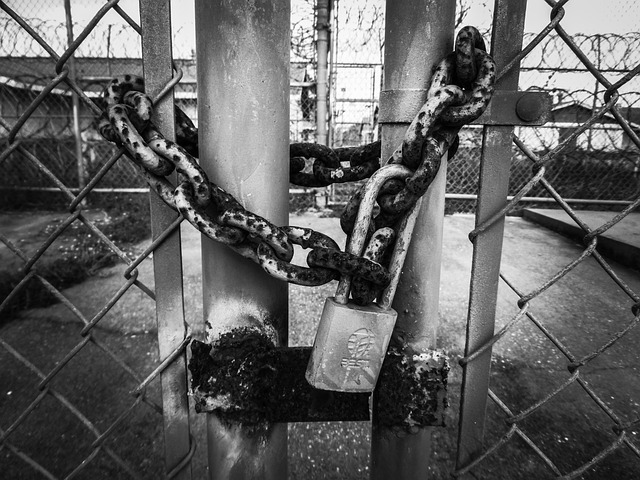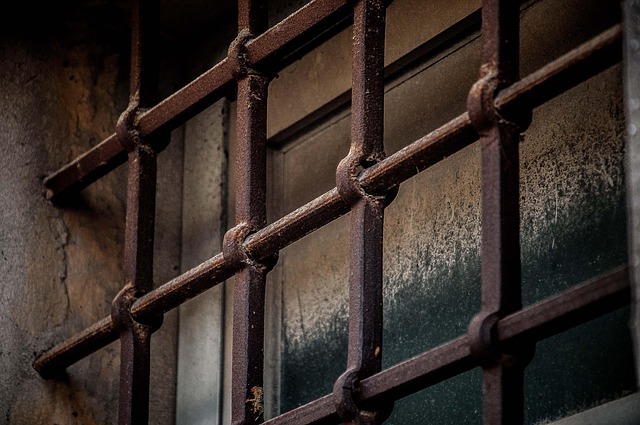TL;DR:
States struggle with recurring DUI offenses due to legal loopholes enabling repeat offenders through lenient sentences, bureaucratic delays, and favorable interpretations. Simplifying legislation with clear language, implementing evidence-based practices, and continuous training are key steps towards closing these gaps. To reduce recidivism, comprehensive reforms should strengthen sentencing guidelines, extend license suspensions, invest in rehabilitation programs, and foster partnerships between law enforcement, legal experts, and community groups, utilizing innovative strategies like diversion programs and counseling.
High-risk reoffenders perpetuate a cycle of DUI (drunk driving) offenses, highlighting critical gaps in current legislation. This article delves into the understanding of high-risk offenders and their recurring behavior, analyzing the pervasive loopholes in DUI legislation that enable this problem. We critique existing laws to propose strategic solutions aimed at closing these legal gaps. Additionally, we explore potential outcomes and future directions for reform, emphasizing the need for comprehensive approaches to disrupt the cycle of reoffending.
- Understanding High-Risk Reoffenders and the DUI Cycle
- Loopholes in Current DUI Legislation: A Critical Analysis
- Strategies to Address and Close Legal Gaps
- Potential Outcomes and Future Directions for Reform
Understanding High-Risk Reoffenders and the DUI Cycle

High-risk reoffenders are individuals with a history of criminal behavior, often characterized by repeat offenses, particularly in areas like drunk driving (DUI). Understanding this demographic and their cyclical involvement in DUI is crucial to tackling a complex societal issue. The term ‘high-risk’ here refers not only to the likelihood of reoffending but also to the potential for severe consequences, both for the individuals and the community at large.
The DUI cycle often involves a series of loopholes or gaps in legislation that these offenders exploit. These loopholes can range from technicalities in blood alcohol level testing to procedural errors during arrests, allowing repeat offenders to evade immediate consequences. Recognizing these patterns is essential in developing strategies to disrupt the cycle. By implementing stricter laws and improving enforcement, along with providing comprehensive rehabilitation programs, it becomes possible to break free from this destructive cycle and reduce recidivism rates among high-risk DUI reoffenders.
Loopholes in Current DUI Legislation: A Critical Analysis

Many states struggle with recurring DUI (Driving Under the Influence) offenses due, in part, to loopholes in their current legislation. These gaps allow repeat offenders to evade stringent penalties, ultimately perpetuating a cycle of reoffending. For instance, some laws fail to account for enhanced penalties when a driver has multiple DUI convictions, resulting in reduced sentences that do not adequately deter future misconduct.
Furthermore, technicalities in the legal process can enable accused individuals to avoid consequences. Loopholes might include bureaucratic delays, technical inconsistencies in evidence collection, or interpretations of legal terms that favor defendants. These issues underscore the need for a comprehensive review and reform of DUI laws to address these vulnerabilities and ensure justice for victims while deterring future infractions.
Strategies to Address and Close Legal Gaps

Addressing loopholes in DUI legislation is a critical step in breaking the cycle of reoffending among high-risk individuals. Many legal gaps exist due to outdated or poorly drafted laws, which can be exploited by seasoned offenders. For instance, some jurisdictions have vague definitions of “intoxicated driving,” allowing for technicalities that delay prosecution. Simplifying legislation and using clear, consistent language across states can reduce these loopholes.
Additionally, implementing evidence-based practices in law enforcement and the judicial system is essential. This includes mandatory field sobriety tests with standardized procedures and reliable breathalyzer devices to ensure accurate measurements. Enhancing procedural fairness through continuous training for officers and judges can also help close these gaps.
Potential Outcomes and Future Directions for Reform

The successful reintegration of high-risk reoffenders into society and the prevention of recidivism are multifaceted challenges that require a comprehensive approach. One promising avenue is addressing the loopholes in DUI legislation, which often contribute to recurring offenses due to lenient sentences or inconsistent enforcement. Reform efforts should focus on strengthening mandatory sentencing guidelines and implementing more rigorous license suspension periods. Additionally, investing in rehabilitation programs tailored to address substance abuse and mental health issues could significantly reduce reoffending rates.
Looking ahead, a collaborative approach between law enforcement, legal professionals, and community organizations is essential. This includes developing innovative solutions like diversion programs that offer alternative justice for non-violent offenders, coupled with intensive counseling and support services. By focusing on both punitive measures and restorative justice, future reforms can break the cycle of reoffending, foster a safer society, and provide a second chance for those seeking to turn their lives around.
Understanding the complex nature of high-risk reoffenders and their involvement in the DUI cycle is crucial. By critically analyzing existing legislation, specifically loopholes in DUI laws, we can identify areas for improvement. Implementing targeted strategies to address these gaps will lead to more effective outcomes and potentially revolutionize DUI reform. Closing these legal loopholes is essential to breaking the cycle of reoffending and ensuring safer communities.






